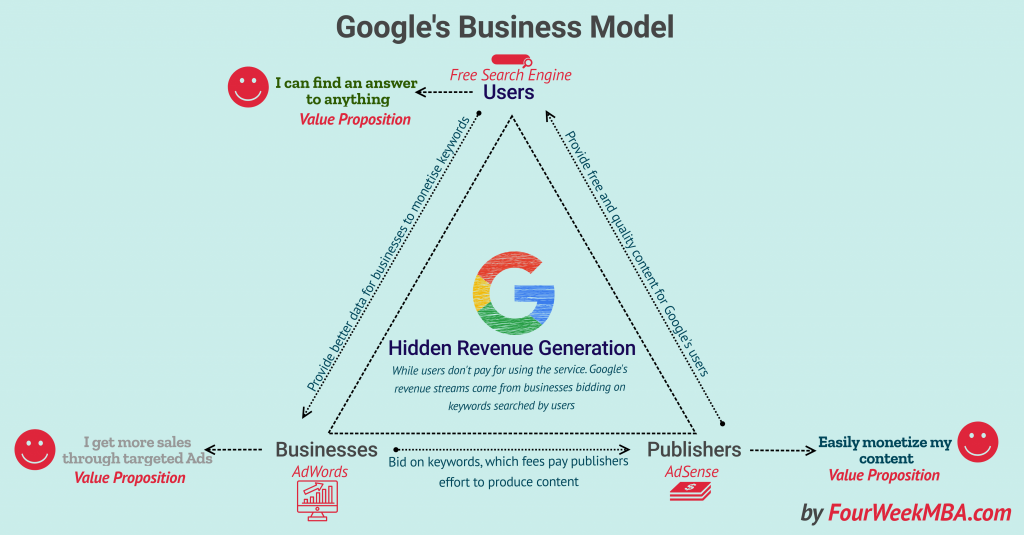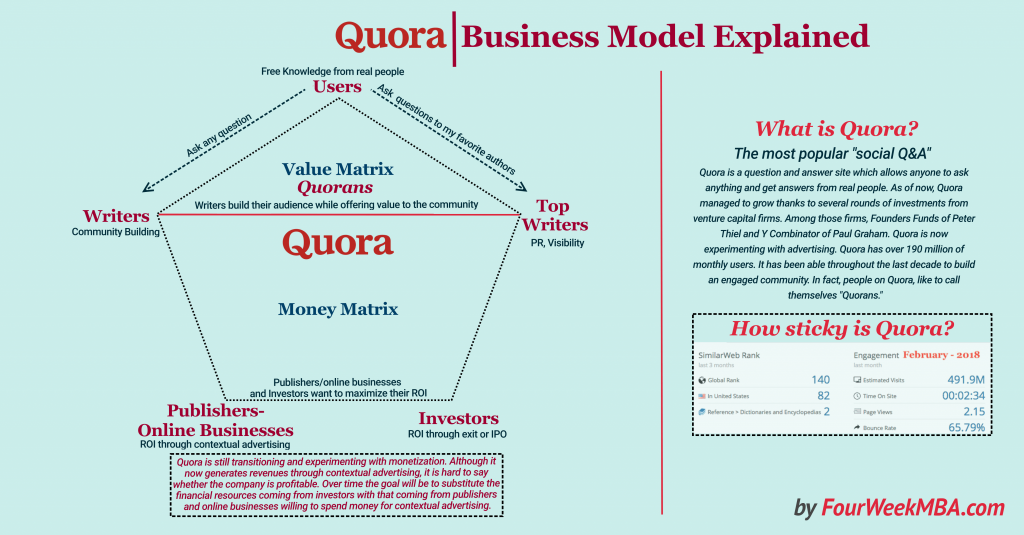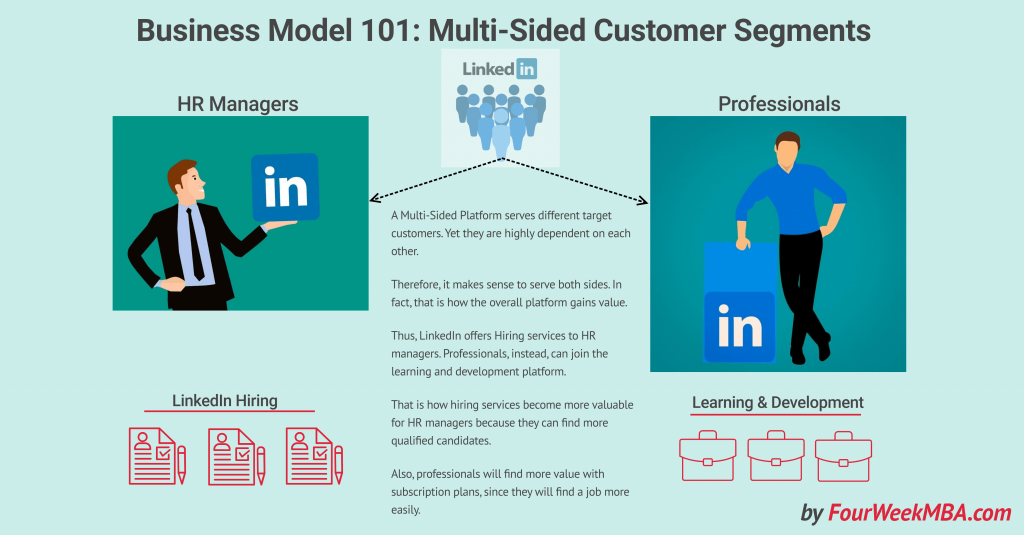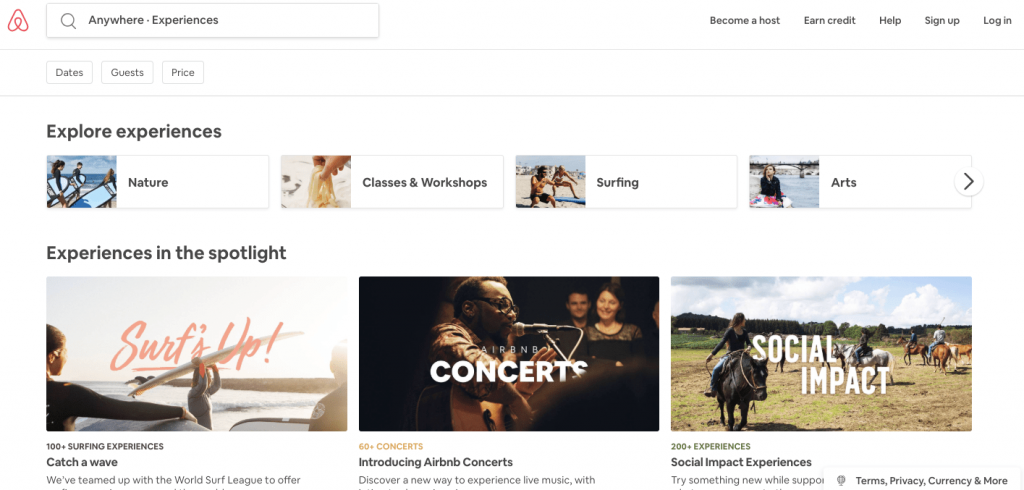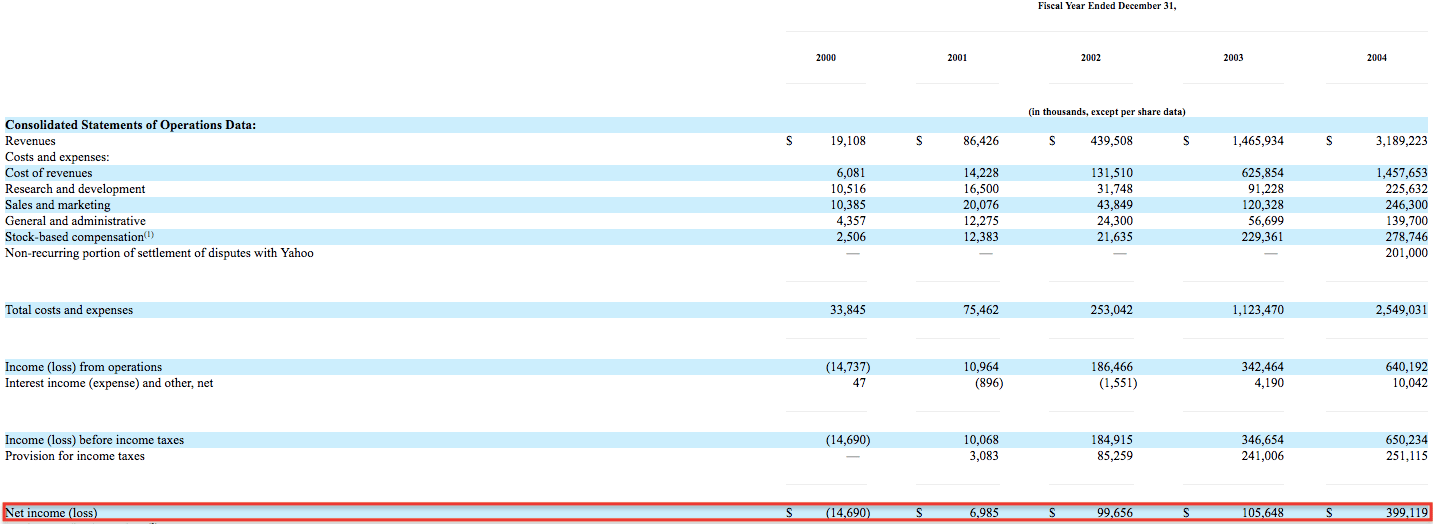A business model is a way in which organizations capture value. Not only the economic value but also the social values an organization can foster and the cultural values it can sustain in the long run.
In other words, generating a business model isn’t just about how companies make money but how they create value for several players. While unlocking profits for the organization that came up with that business model.
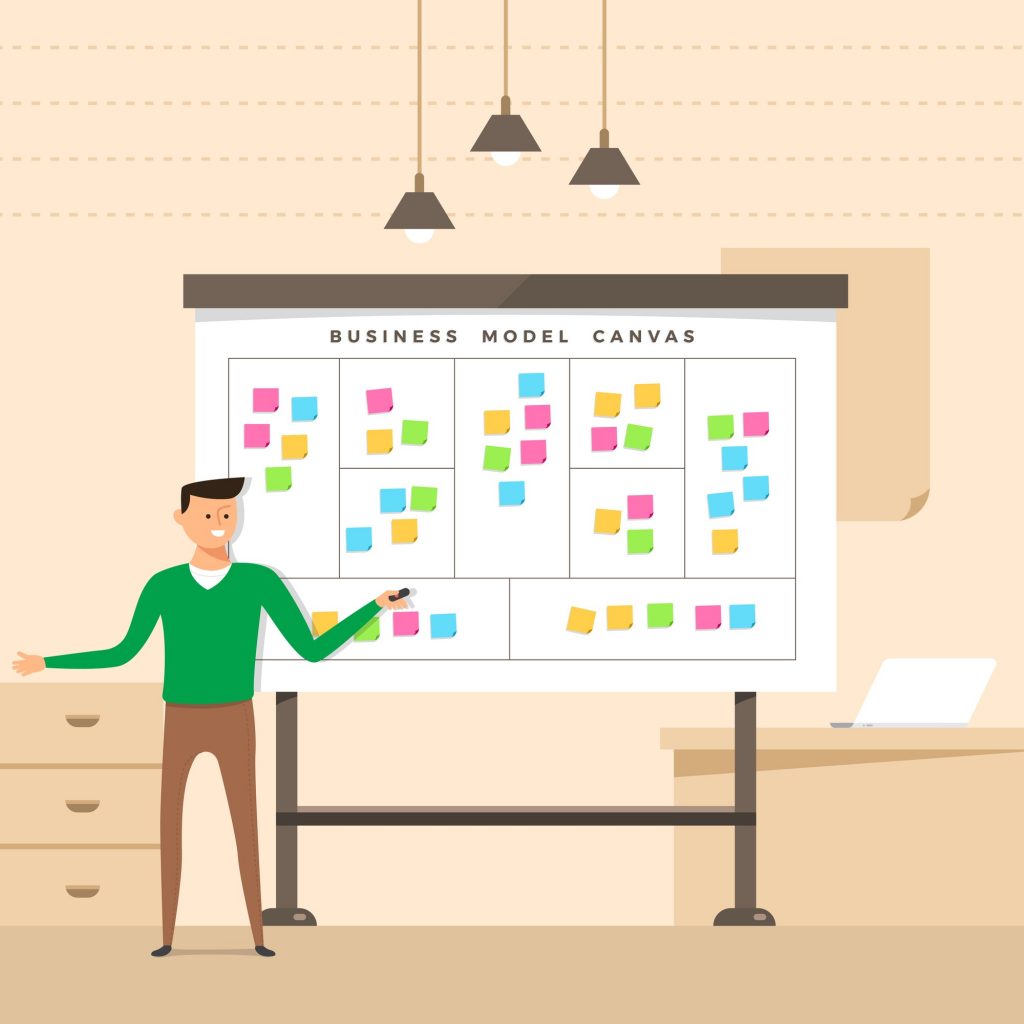
There isn’t a single way to design and assess a business model. However, the business model canvas is a holistic model that takes into account nine factors or building blocks.
Alexander Osterwalder proposed the Business Model Canvas. He’s a Swiss business theorist that in 2000 together with a team of 470 co-creators in an attempt to create a tool that entrepreneurs could use for their businesses.
The aim of having a sharp understanding of your business model is critical to provide strategic insights about your customers, product/service, and financial structure. Thus, to take action and iterate the business model until it unlocks value for your organization as a whole.
Let’s take a real case study. I often mention Google business model as a great example. You might like or not the giant from Mountain View. Yet what made this company so profitable – I argue – was its ability to unlock value for several players in the digital marketing space.
In fact, on the one hand, with AdWords, Google allowed businesses to transparently bid on keywords based on the clicks those ads received. This allowed companies to disintermediate advertising from intermediaries that were taking up most of the margins (of course now Google gets them).
On the other hand, with AdSense, Google allowed small publishers around the world to monetize their content. All they needed was an AdSense account and enough traffic to start earning money.
Of course, as of today, this model isn’t sustainable anymore for many businesses. Yet in a way AdSense democratized the ads revenues, which before were only taken by large players. With Google, those profits got shared with content creators.
Also, Google offered the best search experience compared to any other search engine. In fact, even though it wasn’t the first to take over the market (it was actually among the last movers) Google offered a free service that worked wonders. The focus on a great search experience was definitely one the most important factor in Google’s success.
Little critical note: Just like professors study birds flight and go around the world to teach birds how to fly while they can’t. So entrepreneurs that tinker on a daily basis with business models might have a better feel for that compared to theorists trying to teach them what a business model is. In short, my point is that you don’t need to get bogged down on its definition or to stick with the business model canvas to assess your business model. You might want to develop your way to look at your business as – if you’re an entrepreneur– there’s none better than you to do that. In short, use the business model canvas as one of the many methods you can use to assess your business. Don’t let professors or theorists tell you that is the only way. It’s not.
Going back to the business model canvas Alexander Osterwalder, outlined several prescriptions which form the building blocks for a business model.
Those building blocks enable entrepreneurs to focus on operational, strategic, and financial assessments of their business.
Business model canvas in a nutshell
The nine building blocks of the business model canvas comprise vital partners, key activities, value propositions, customer relationships, customer segments, critical resources, channels, cost structure and revenue streams.
The first thing you might notice is that cost structure, and revenue streams (the financial part) are just one fraction of the story. What I like the most about this model is that it allows you to have a holistic view of your business.
Let’s dive into each of the vital components of the business model canvas and see how each can be assessed.
Key partners
Who are your key partners/suppliers?
What are the motivations for the partnerships?
It all begins with your partners. In fact, if you don’t have the right partnerships in place, you don’t have a business at all. That is the starting point of your business model. Finding the right partners is critical.
In fact, the success of your business and the traction depend upon your ability to identify and offer your partners a compelling reason to do business with you.
For instance, if you think about Google, the principal partners are the small publishers part of the AdSense program, together to the businesses that are part of the AdWords network and the users that on a daily basis keep going back to the Google search box by giving it critical data to sustain its business model.
If you think about Uber instead, you’ll notice how the key partners are its drivers for which Uber means an additional if not a full-time income as self-employed. Its engineers that keep the platform smooth and running and people that sustain the cause of Uber.
If you think instead at Airbnb, you’ll notice that those key partners aren’t only hosts and travelers that transact each day on the platform. Also, freelance photographers that travel the world to take professional pictures that enrich the user experience of Airbnb are also key players.
When it comes to partners “who” and “why” are critical questions. In short, who’s the niche of people that can sustain your business? And why, so what compelling reason are you giving them? What value do they get from this partnership? It doesn’t have to be just in terms of finances.
Of course, initially, a better deal would do. But it could also be about social values or personal values. For instance, initially for its drivers, Uber didn’t mean right away full-time income. But it also meant more freedom for its drivers to work when they wanted. So initially freedom might have been a critical aspect.
Key activities
What key activities does your value proposition require?
What activities are important the most in distribution channels, customer relationships, revenue stream…?
As innovationtactics.com explains, critical actions for Uber were:
- Remove friction from all interactions
- Scale driver and customer side to reduce idle times for drivers and waiting times for customers
- Reduce negative externalizes, e.g., bad behaviors on both sides
- Grow the platform by getting more participants joining
- Keep participants engaged and stimulate ongoing participation
- Continue improving the value proposition, e.g., cheaper rides for regular commuters through UberPOOL
- Look out for complementary value propositions (e.g., car financing, new customer segments, etc.)
- Deliver on the customer proposition
- Reduce churn (esp drivers)
- Expand to more cities (US and global)
- Analyse the data to fine-tune everything
- Enhance technological lead and intellectual property to steepen barriers of entry
In short, those are the activities needed to make your value proposition compelling for your key partners. Thus, they can vary from removing friction (think of a marketplace that is hard to use), add features or make transactions smooth.
In short, the more your organization acts as an enabler of business relationships among several players the more its value proposition consolidates.Thus, anything that solves a customer problem, or satisfies an unfulfilled need would do.
Based on my personal experience from the case studies I’ve looked at the more the value proposition can adapt to several players needs the more it makes a business model become the driver for an organization growth. Take Quora:
The Q&A social network can bring together several partners (users, writers, top writers, publishers/online businesses, and investors) with different value propositions; all met on the same platform.
Value proposition
What core value do you deliver to the customer?
Which customer needs are you satisfying?
Although the value proposition is not listed as the first element. In reality, this is the first thing you should assess. I’d say this is the foundation of your business model. That is what keeps the blocks together.
Without knowing the core values for your customers or partners and what needs you’re satisfying, or what problems you’re solving for them you might have a product but not a business.
This is connected with the previous building blocks and with the next ones. This is the glue that keeps it all together. As explained in the last point a value proposition doesn’t have to be for only one player, partner or type of customer.
Take the case of a multi-sided platform like LinkedIn. The value proposition can embrace both sides of the marketplace:
The value proposition isn’t marked in the stone, but it can change over time. As new partners join; and as you tinker with your business model and as new unforeseen needs come about your value proposition might also change.
Customer relationship
What relationship that the target customer expects you to establish?
How can you integrate that into your business in terms of cost and format?
Based on the identified partners and customers you need to assess how to manage those relationships to keep them aligned with their expectations and within your business model.
If you take Uber, as specified by innovationtactics.com it needs to consider four elements to manage their customer relationships.
(1) the customers(=riders),
(2) the drivers,
(3) the broader public and
(4) regulators.
Each of those relationships will have different dynamics. For instance, drivers might be concerned about safety risks. While regulators might be worried about transparency and proper data management.
Another example, if you take Airbnb business model, hosts are critical to the success of the platform, and concerns like liability coverages are essential for them to keep using it.
That is why hosts are provided with insurance and liability coverage, the “Host Protection Coverage” (of course that might have happened because of some accidents).
Customer segment
Which classes are you creating values for?
Who is your most important customer?
Once you have the previous building blocks in place, it shouldn’t be hard to define for which class of people you’re creating value and what are your most important customers.
It is important to stress that although this is a list of blocks, it is not necessarily meant to be read or assessed in order. In fact, at times you might have some blocks but miss others.
For instance, let’s take the case of a startup that has created an innovative software based on new, emerging technologies. The startup founders might know for sure that technology is valuable and it will open up market opportunities.
Yet that same founder might not have a clue about who the potential customers might be. This shouldn’t surprise you. In fact, starting up a business doesn’t necessarily mean to start from a problem people have.
That is true in more traditional industries. Yet in tech, the opposite might apply. You have new technology and a product that does many things.
However, you struggle to have that business take off. How to find your customers? Often they will come to you. As the interactions with the first customers become more intense. You’ll also refine your service to make it more focused on specific features and needs.
That process of iteration will bring you to the so-called “product-market fit.” This process can be at times painful and time-consuming.
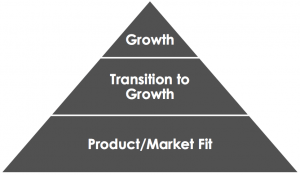
Key resource
What key resources does your value proposition require?
What resources are important the most in distribution channels, customer relationships, revenue stream…?
As we’ve seen the value proposition is the glue that keeps all the blocks of your business model together. Thus, it is critical to assess what financial and human resources to allocate to allow your value proposition to keep your business model going.
For instance, on Airbnb, it is critical to continue growing the offering and the quality of it to give more and more options to travelers. Also, Airbnb has noticed users wanted more experiences. It started to offer a whole new section focused on those experiences.
Distribution channel
Through which channels that your customers want to be reached?
Which channels work best? How much do they cost? How can they be integrated into your and your customers’ routines?
A Peter Thiel might say if you don’t have a distribution you don’t have a product. As engineers are running many successful tech companies, it’s easy to get deluded by the fact that engineering alone can generate a successful business model. This is false!
The business world is a competitive environment. It doesn’t matter if you’re technically skilled if you don’t have the guts to take action in critical moments your business might well sink with your technical skills.
If you take Bring and Page, Google’s founders, they are engineers, but they are businessmen.
When Google paid $300 million for keeping its search engine as default choice within Mozilla, when Microsoft was about to steal it, it was an aggressive move to keep one of the most important distribution channels (at the time).
In fact, Microsoft was trying to have Bing featured as default choice of Mozilla. When Google’s founders understood what was happening, they didn’t stop thinking for a second. They didn’t build algorithms to make that decision. They acted out of their guts feelings.
If I had to name what’s the most important asset of any company, the distribution would come first. Finding the distribution channels that best fit your business isn’t a natural process. Traditional channels are word of mouth, paid marketing and media coverage.
In the digital business world instead, there are channels like SEO, social media and content marketing. I know you might look at them as marketing tactics and they are. However, those are meant to build distribution channels.
For instance, content can be used as a way to connect with key players in your industry that you’d want to have as business partners. Google can also act as a “distributor” as with a proper SEO strategy can bring a continuous stream of qualified traffic to enhance your business and so on.
Gabriel Weinberg, the author of “Traction” and founder of DuckDuckGo, a search engine that doesn’t track you, has identified 19 channels you can tap into to grow your business.
Cost structure
What are the most cost in your business?
Which key resources/ activities are most expensive?
In the business community often growth is confused for profitability. That is not the case. Many companies that achieved staggering growth rates have failed to be profitable.
This isn’t necessarily bad, but a successful long-term business needs to become profitable as soon as possible. When Google opened its hood in 2004 after its IPO, the numbers were staggering. In terms of growth, revenues, and profitability.
A cost structure is then crucial to allow a sustainable long-term growth.
Generally speaking, your customer acquisition cost has to be lower than the lifetime value of your customers. Easy said than done. This connects us to the next, critical building block, the revenue stream generation.
Revenue stream
For what value are your customers willing to pay?
What and how do they recently pay? How would they prefer to pay?
How much does every revenue stream contribute to the overall revenues?
Until you don’t have a stream of revenues coming in you can’t say you have a business. This might seem a trivial point. Yet the way you monetize the company will also affect the overall business model.
There isn’t a single way to generate revenues. You might choose a subscription business model, a freemium, a fee or membership model. That also depends upon the industry, product, and service you offer.
For instance, Facebook uses a hidden revenue generation model.
In short, the utterly free platform in a way “hides” to its users the way it monetizes. Of course, businesspeople and marketers are well aware of how Facebook makes money as it has been so far a proper advertising channel for many businesses.
However, the average user doesn’t have a clue. Things are changing now that privacy issues and new regulations have brought attention to the Facebook, business model.
Yet for a decade Facebook has benefited from a vast stream of revenues and high profitability without most users ever noticing it.
Many might argue that the hidden revenue generation model is the most powerful. And in fact, it has proved so (Google is another example).
Indeed, as Peter Thiel remarks in his book, Zero to One, sales works best when hidden. As none likes to be reminded of being sold something. However, a business model that works, in the long run, needs to be aligned with users’ interests.
Thus, the way you monetize isn’t only about the bottom line but also about the kind of organization you’re building. If the revenue streams you generate provides value and is in line with your users’ interests, there is no need of corporate slogans like “don’t be evil.”
What more? Once you’ve found a revenue stream the works and is in line with your business model you can’t stop there. You need to keep experimenting with new revenue models.
In short, the business model canvas is the starting point for your business, rather than the ending point of your entrepreneurial journey.
Key takeaways
The business model canvas is a model that helps you have an overall strategic vision of your business. It is comprised of nine building blocks. Those building blocks are critical to assessing your long-term strategy.
This is one of the methods you can use. To sum up, the nine building blocks are:
- Key partners
- Key activities
- Value proposition
- Customer relationship
- Customer segment
- Distribution channel
- Cost structure
- Revenue stream
Each of those blocks is not independent of each other. In fact, in many cases, they are strictly tied to each other.
And from the interactions between them, you can build a sustainable business model able to unlock value for your organization and other players that are part of its growth.
Source: Four-Week MBA

